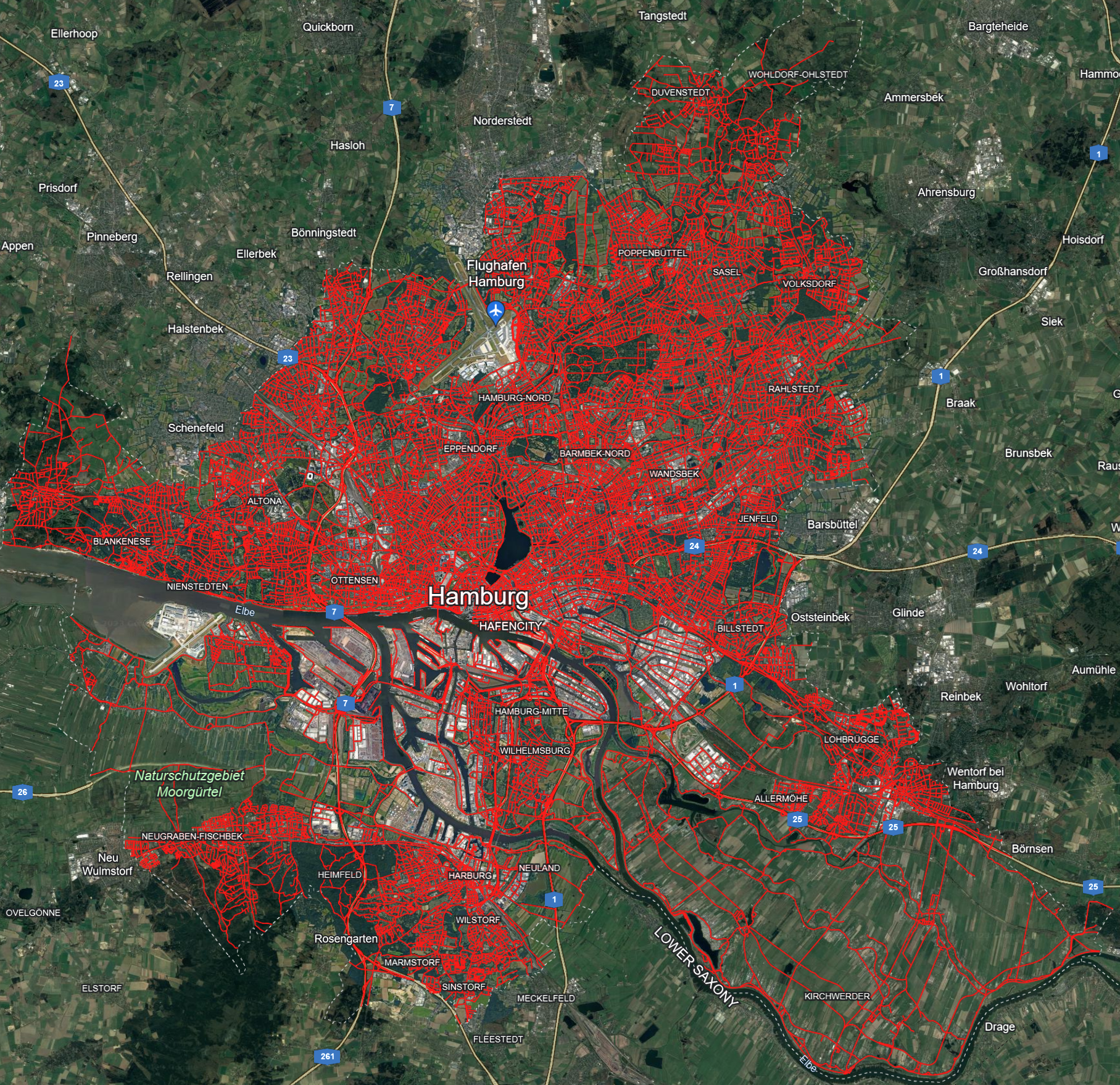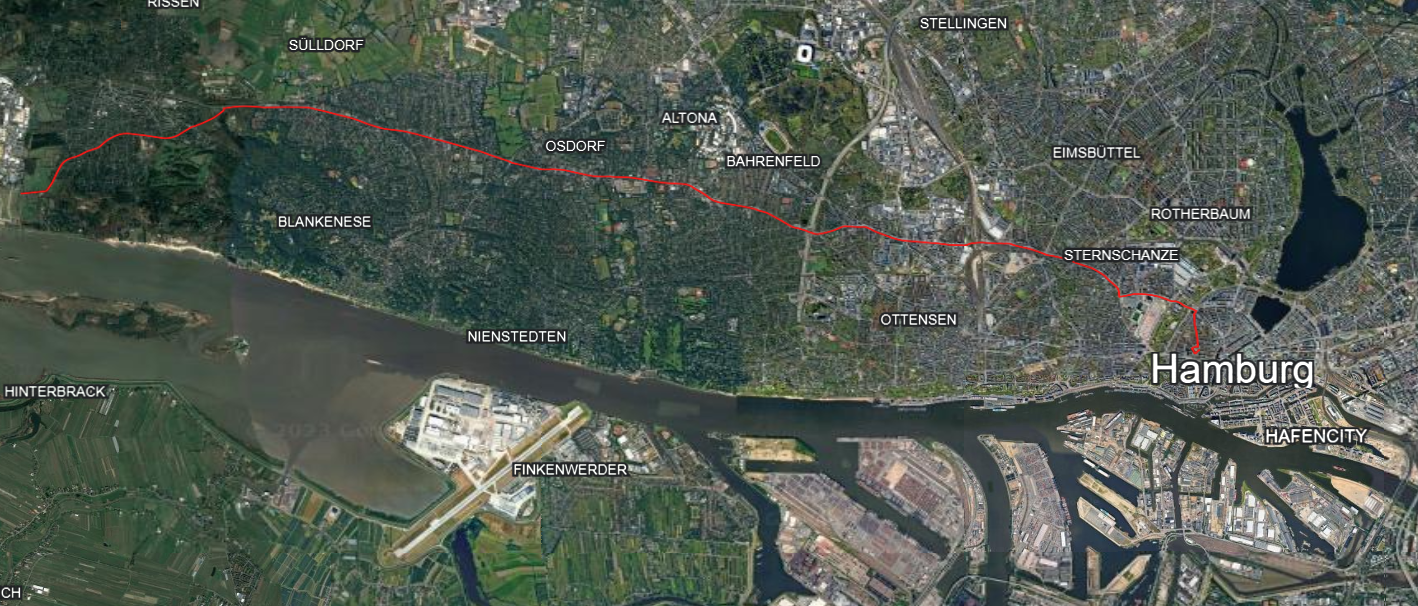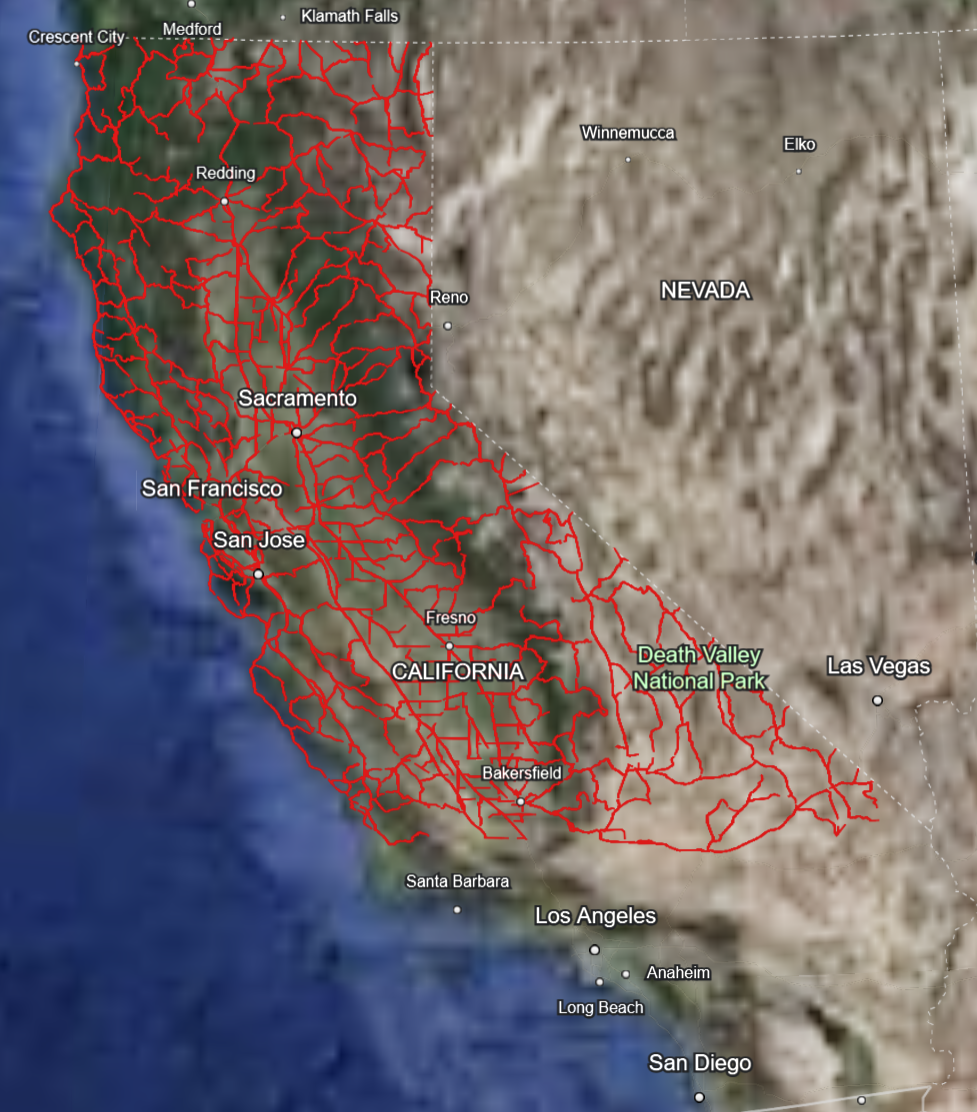Graphene is a header-only library that implements an abstract graph. The class template allows
creation of graphs of any types of nodes both directed and undirected with
the custom weight function.
No special requirements except C++17 compliant compiler. The class is tested with gcc and MSVC compilers. In order to build and run unit tests for this project you are required to have Google Test library installed on the system. For more details see the CI badges or GitHub Actions.
The library calculates shortest path between two nodes using the Dijkstra algorithm.
However the term "shortest" is an abstraction, because the distance between
to nodes is just a particular notion of the weight of the graph edge. Graphene
allows to define custom weight functions, so that the algorithm will calculate
not only the shortest path, but the path that corresponds to the minimal overall
"weight".
#include "graphene.h"
// Declare a graph with nodes as integer values
Graphene<int> graph;
graph.addNode(0);
graph.addNode(42);
graph.addEdge(0, 42);
graph.addEdge(1, 2);
Calculate the shortest path between two nodes
#include "graphene.h"
// 1--2--5--8
// \ \/
// 10---6---7
//
Graphene<int> graph;
auto weightFunction = [](int x, int y) -> int {
return std::abs(x - y);
};
graph.addEdge(1, 2);
graph.addEdge(2, 5);
graph.addEdge(5, 6);
graph.addEdge(5, 8);
graph.addEdge(8, 6);
graph.addEdge(1, 10);
graph.addEdge(10, 6);
graph.addEdge(6, 7);
path = graph.shortestPath(1, 6, weightFunction);
// path = {1, 2, 5, 6}In order to build the project please use the following commands:
cmake -B build -DCMAKE_BUILD_TYPE=Release -DENABLE_TESTING=True
cmake --build build --config ReleaseTo run the unit tests
ctest -C Release --verboseThe ca_roadmap and hh_roadmap examples demonstrate how to use Graphene library
to create road maps and find shortest paths between two nodes.
The Hamburger road network is an interactive sample application which uses the large dataset Road network Hamburg (INSPIRE) provided by Behörde für Verkehr und Mobilitätswende (BVM) Data license Germany – attribution – Version 2.0. The data set is represented by a number of CSV files which we parse and extract the streets network (geodetic coordinates and street names) of the city.
The hh_roadmap application's usage example is:
./hh_roadmapThe application prompts for the start and end street names and calculates the
shortest path between them as well as the distance. The resulting KML file
saves into the /data/hh_roadmap_output.kml file.
As an input we used the California Road Network
which represented by two files: /examples/data/nodes_lon_lat.txt with the nodes'
geodetic coordinates and /examples/data/edges.txt file with nodes indexes and
distance between them.
Using this data we created an undirected graph and use Graphene::shortestPaths()
function to find all paths that connect a node with all others. The tool exports
the results as a KML file
which can be loaded, for example, into Google Earth application for visualization.
The ca_roadmap application's usage example is:
./ca_roadmap 10000where 10000 is the max. number of paths to export.



